Category: AI and machine learning
News & events
-
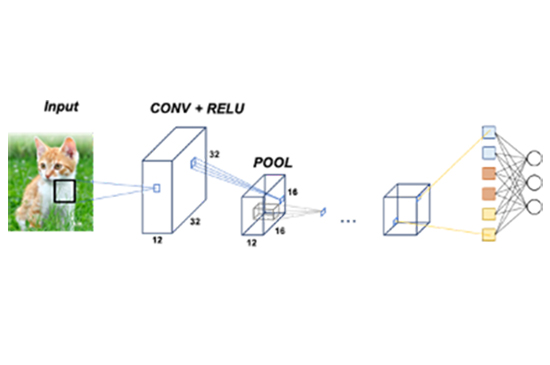
Deep neural architectures
Since the development of the first real deep neural network AlexNet in 2012, deep learning…
-
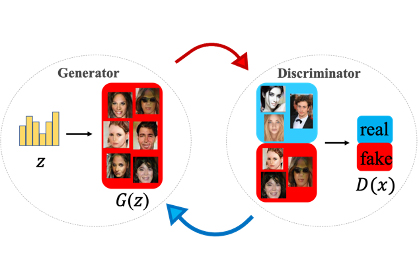
Generative adversarial networks
Generative Adversarial Networks (GANs) were called as the most interesting idea in the last 10…
-
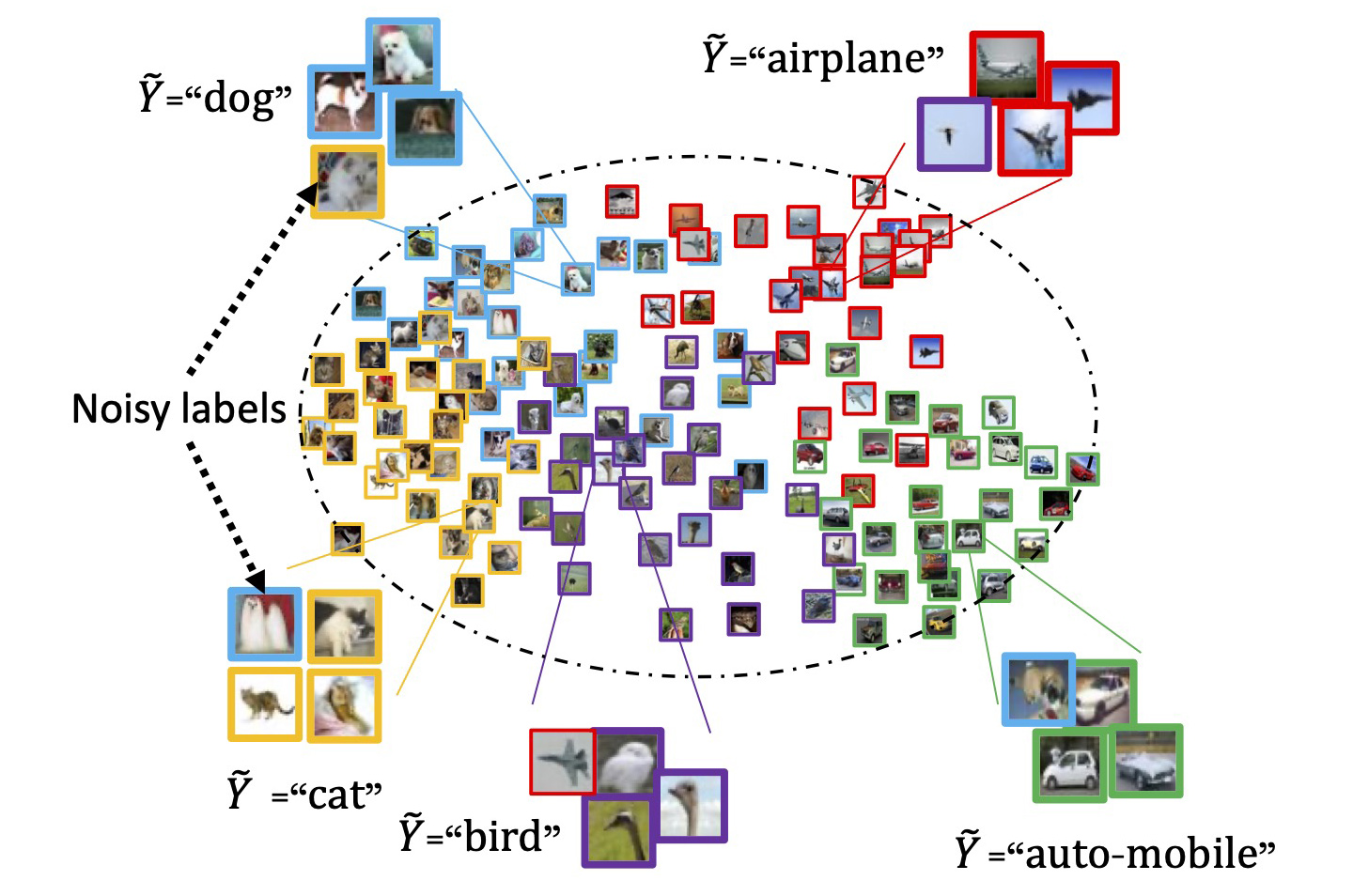
Label-noise learning
Learning with noisy labels becomes a more and more important topic recently. The reason is…
-
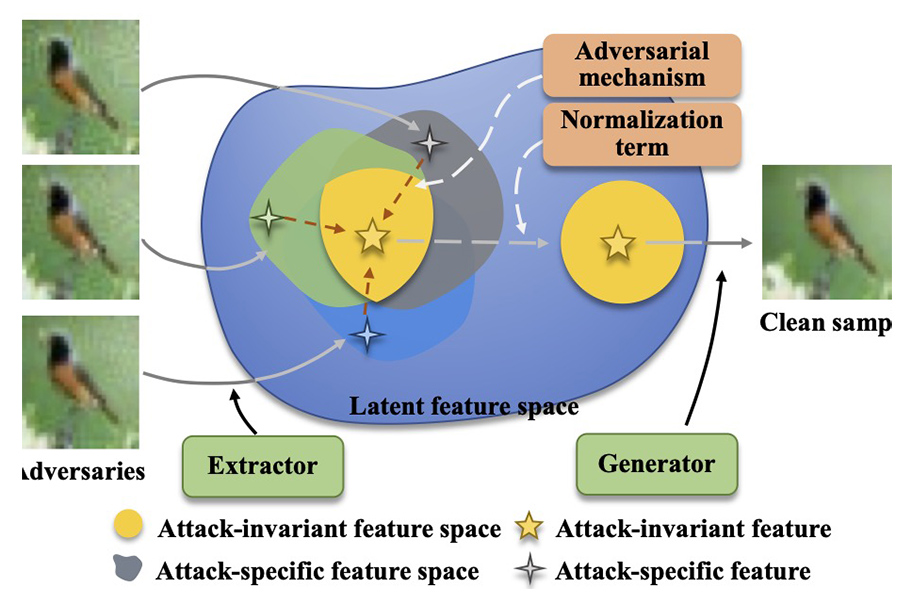
Robust/adversarial learning
We are also interested in how to reduce the side effect of noise on the…
-
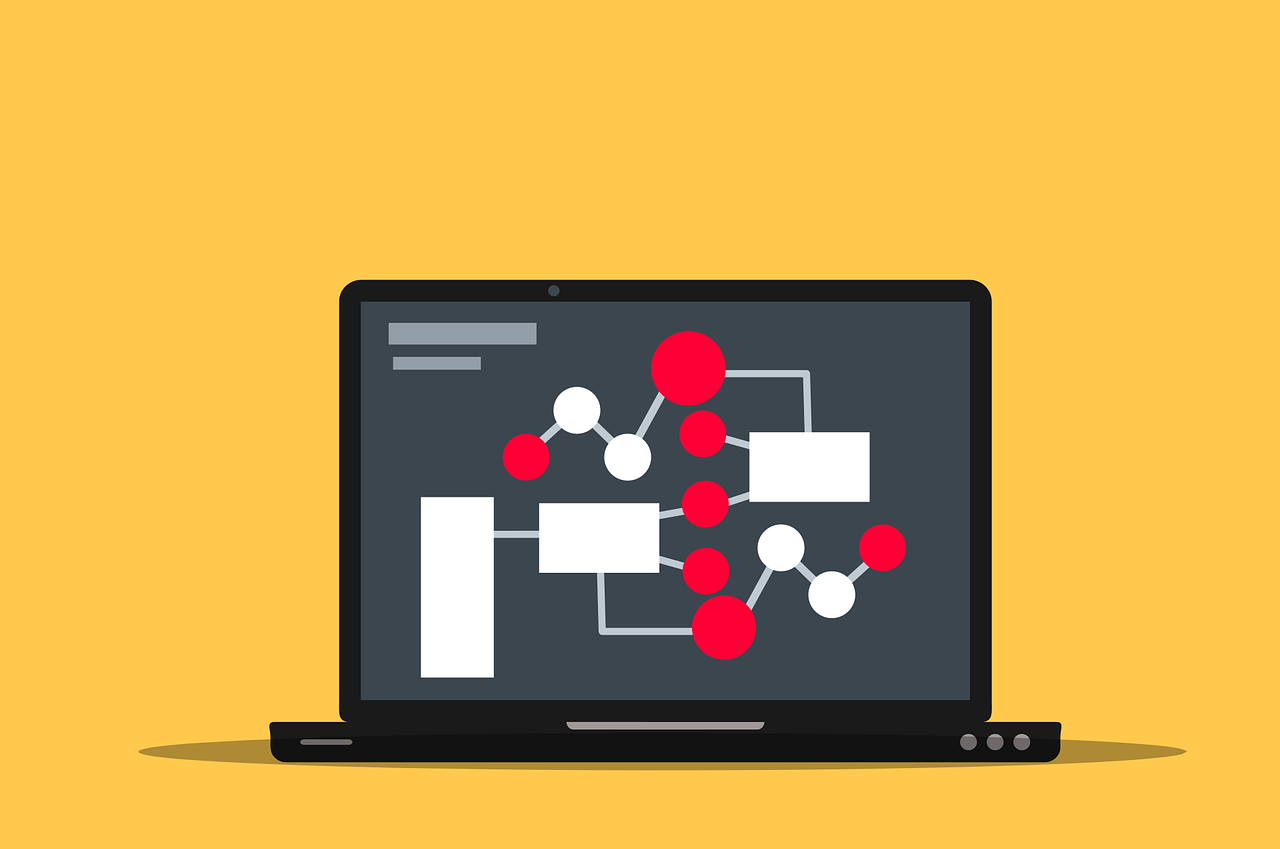
Statistical (deep) learning theory
Deep learning algorithms have given exciting performances, e.g., painting pictures, beating Go champions, and autonomously…
-
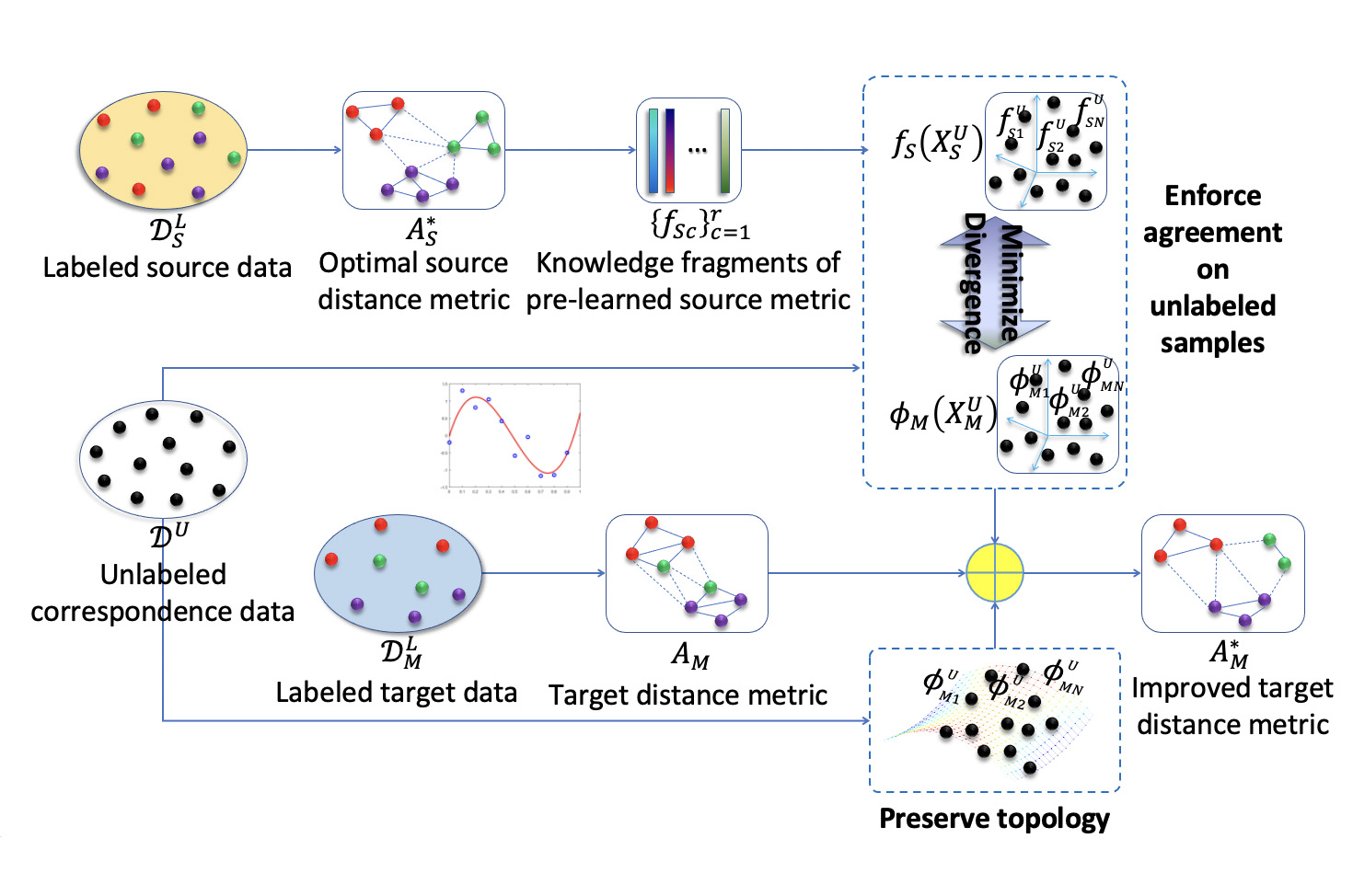
Transfer learning
Just like human, machine can also find the common knowledge between tasks and transfer the…
